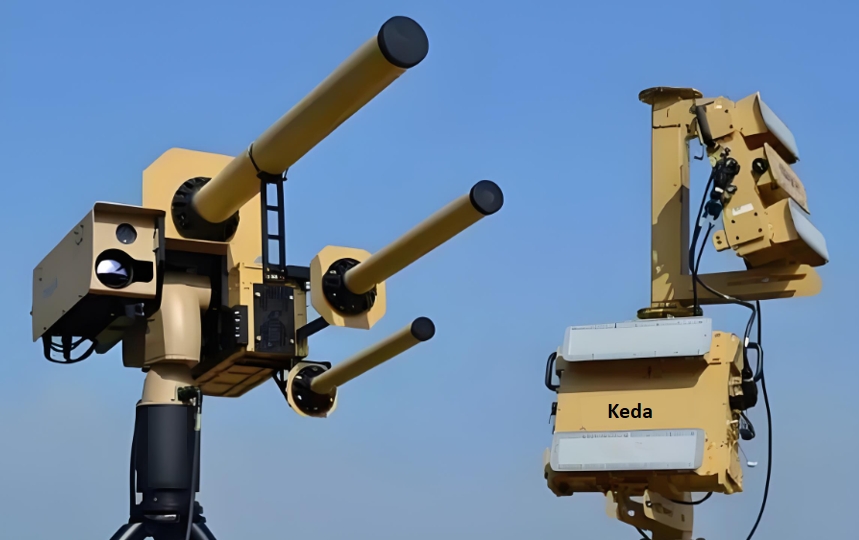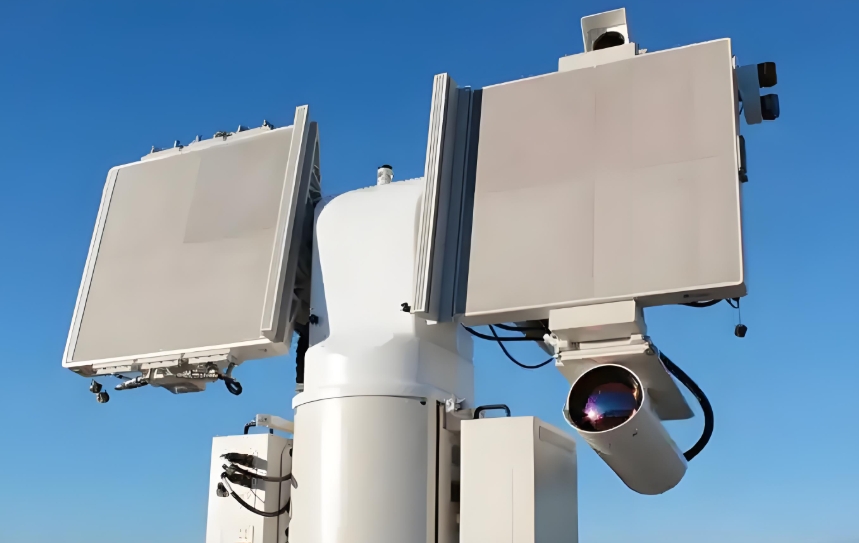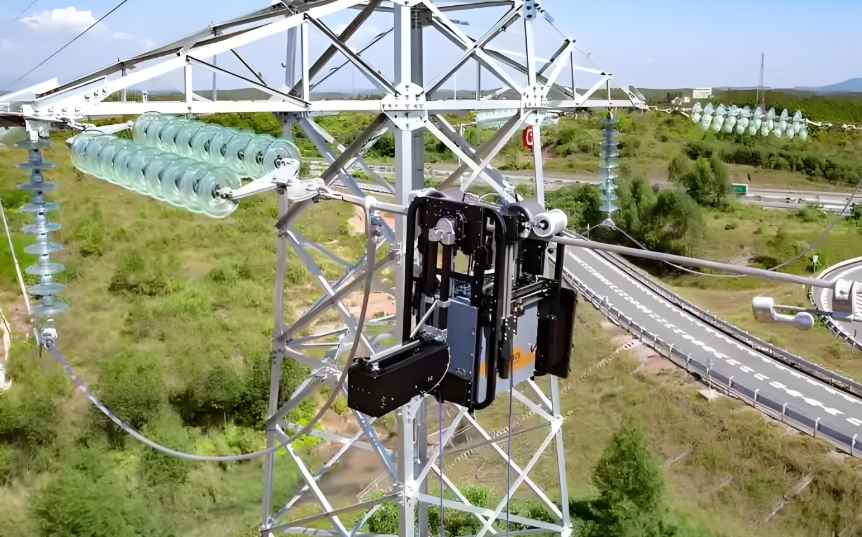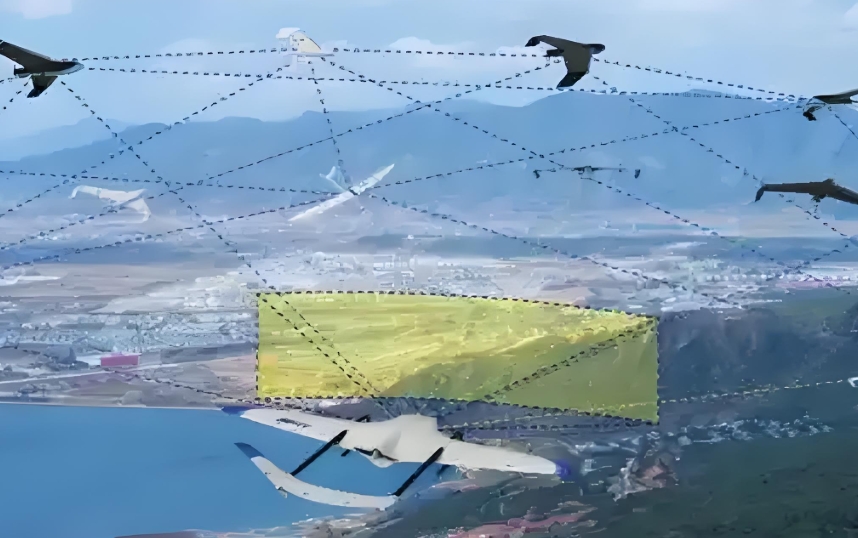
Welcome! Unlock Your First Offer Here

Welcome! Unlock Your First Offer Here

Welcome! Unlock Your First Offer Here
China's top anti-drone jammer manufacturer

Drones are showing up everywhere these days—from private homes to restricted airspace. Over the years, I’ve worked on a range of security projects, and one thing has become clear: knowing how to detect a drone is now essential. In this article, I’ll walk you through the 10 most common types of drone detection equipment I’ve worked with—what they do, how they work, and when to use them.

Drones are no longer just toys. They can be tools, threats, or both—used for photography, smuggling, surveillance, or even attacks. That’s why detection matters. But choosing the right equipment depends on where you are and what you’re trying to protect. Let’s break it down.
This device blocks the connection between a drone and its remote controller. Once that link is cut, most drones will either land or return to base.

I’ve used jammers during high-risk events where we couldn’t afford unknown drones flying overhead. They work well at short range—usually up to 800 meters. They’re straightforward: flood the air with noise on the drone’s operating frequencies (typically 2.4GHz or 5.8GHz) and the drone either stops or turns around.
The downside? You can’t use them everywhere. In many countries, jamming is restricted or illegal unless you’re a government agency. And remember, jammers don’t detect drones—they just block them.
This radar can detect even tiny drones by analyzing the subtle movements of their propellers.
This is one of the most advanced systems I’ve used. It picks up motion that’s nearly invisible—like the vibration of rotors. The beauty of this radar is it doesn’t rely on signals from the drone. It can track objects day or night, in rain or fog.

But it’s not cheap, and it needs a clear line of sight. In crowded urban areas, buildings or towers can block or reflect the radar, which affects accuracy.
An RF analyzer scans for the signals that drones and their controllers use to communicate.
This is one of my favorite tools for cities or stadiums. It’s fast and non-intrusive. If the drone is transmitting a video feed or control signal, you’ll likely detect it. Some systems can even identify the brand and model.
But if the drone is flying autonomously with no active link, you won’t detect anything. That’s when you need to combine this with other systems like radar or cameras.
These sensors use regular or thermal cameras to visually detect drones.

I’ve worked with PTZ cameras mounted on towers or rooftops to track drones. The clarity they provide is impressive—some systems can zoom in and identify even the make of the drone. When paired with AI software, they can detect and follow moving objects with high precision.
But they rely on light and weather. Fog, heavy rain, or simply a drone flying behind a tree can break the line of sight.
These systems use microphone arrays to pick up the unique sound signature of a drone’s propellers.
I’ve deployed these in rural or forested areas. When it’s quiet, they work surprisingly well. The system listens for the high-pitched hum of drone motors and can often distinguish between drones and birds.
However, in busy environments with lots of background noise—like cities—they’re far less reliable. And the range is limited, usually under 500 meters.
These are wearable or portable detectors that alert you when a drone enters the area.
I’ve used these during mobile patrols. The device might vibrate or beep when a drone is nearby. Some even provide directional alerts. These are ideal for bodyguards, special forces, or event security teams that need to stay alert without bulky equipment.
Range is limited, but the speed and portability make up for it.
A scanner that fits in your hand and quickly tells you if a drone is nearby and from which direction.

Like keda drone detection,these are perfect for fast-response teams. You can scan the sky quickly and locate the drone without setting up a full system. I’ve seen them used in airports and stadiums where rapid checks are required.
They’re best used in combination with longer-range detection gear.
This high-end radar uses fiber laser beams to detect even small drones at great distances.
If you’re protecting a border or nuclear plant, this is the top tier. These systems can spot a tiny drone over 10 km away, even at low altitudes. I’ve only worked with them on military projects, but their range and precision are unmatched.
That said, they come with high power needs and a high price tag. Not for everyone—but crucial in some missions.
Instead of blocking a signal, a GPS spoofer tricks a drone into flying to the wrong place.

It sends fake GPS signals, and the drone thinks it’s somewhere else. This can cause it to land, return home, or fly off in the wrong direction. Spoofers are quiet, hard to detect, and surprisingly effective—especially against drones that rely heavily on navigation satellites.
But they require precise setup and timing. You’ll need skilled operators to use them effectively.
These systems use bursts of microwave energy to fry the drone’s electronics.
These are the big guns—literally. I’ve seen them used in military tests where a single HPM shot took out multiple drones at once. No need to track the drone’s signal; just point and pulse.

However, they’re very expensive, usually fixed or vehicle-mounted, and regulated. But when you need instant results across a wide area, they deliver.
No single tool is perfect!!! Over the years, I’ve learned that the best drone detection systems use layers—combining radar for distance, RF for signal detection, cameras for confirmation, and acoustic sensors for backup in quiet zones.
Your choice should always depend on where you are and what you’re protecting. From small stadiums to large military bases, the right setup is always a smart mix, not just one device.
If you’re planning a system or reviewing your current security setup, feel free to reach out. I’m happy to share what’s worked for me—and what hasn’t—in the field.